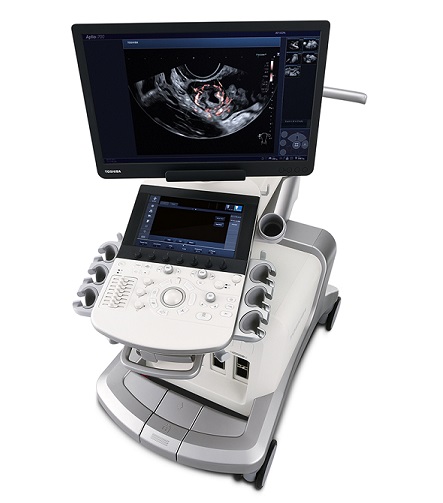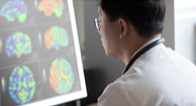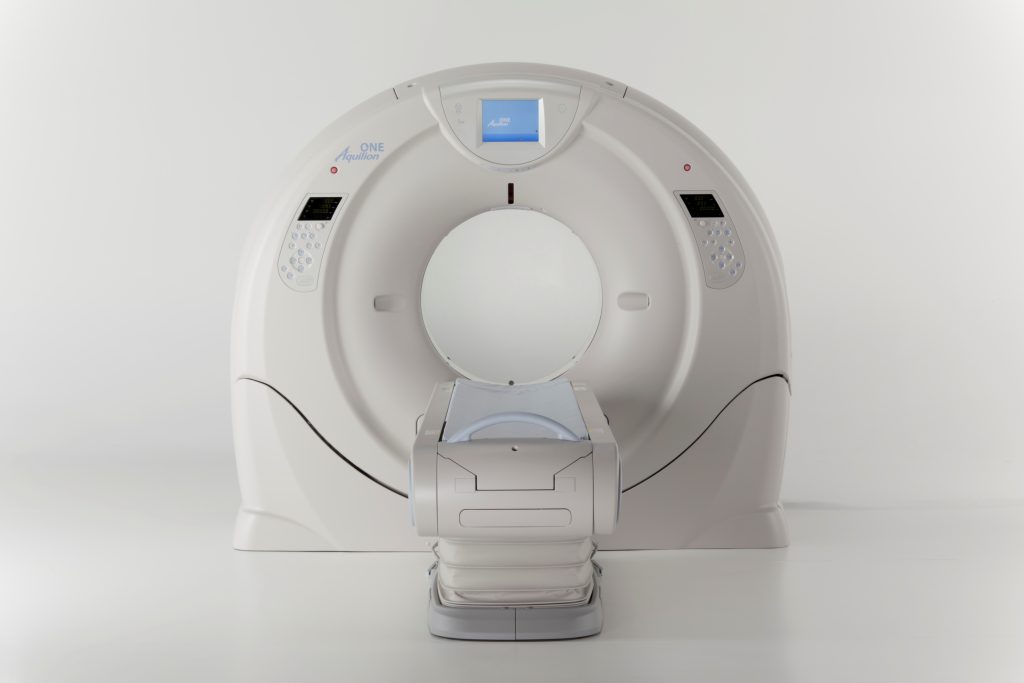DIAGNOSTIC ULTRASOUND


Magic inside
Crystal-clear images with enhanced resolution and penetration as well as an abundance of expert tools help you get your diagnostic answer quickly and reliably. >>>


The perfect fit
Combining superior imaging with exceptional ease of use and a wide range of expertools, Aplio i700 is designed to optimally meet your clinical needs at all times. >>>
COMPUTED TOMOGRAPHY


Ultra high resolution CT
- New tube with industry smallest focal spot
- New 0.25 x 160 rows – Industry smallest
- New miniturized DAS components
- New gantry & couch with 2x tighter tolerance >>>


Transforming CT
GENESIS Edition maximizes the patient experience during CT examinations, and through intelligent examination protocols, provides excellent image quality with low radiation and contrast dose tailored to each and every patient. >>>
THE WORLD’S MOST ADVANCED DYNAMIC VOLUME CT SYSTEM JUST GOT EVEN BETTER
Providing robust clinical solutions for you and your patients when you need them most. >>>
ONE GIANT LEAP FORWARD
Helical and multislice imaging built great milestones in the history of CT. Aquilion ONE offers the next leap forward in CT technology that will revolutionize patient care. >>>


Complete clinical capability
From fast patient throughput to robust cardiac scanning and new diagnostic capabilities, the new Aquilion Prime SP is a CT system of choice for all your imaging needs. >>>


Aquilion lightning / SP package – A smart investment
Are you looking for a CT scanner that helps provide better care and safer imaging in a compact, affordable package? The Aquilion Lightning™ / SP package delivers just that. >>>


Better care. Safer imaging
Aquilion Lightning, our ground-breaking 16-row helical CT system for whole-body imaging, employs cutting-edge technologies to optimize patient care and accelerate clinical decision making. >>>
MAGNETIC RESONANCE IMAGING SYSTEM [MRI]




HEALTHCARE IT – VITAL SOLUTIONS

Vitrea Advanced Visualization
Vitrea® Advanced Visualization is a modularviewing platform that provides a broad range of functions with the option of adding more functionality when you need it. >>>





